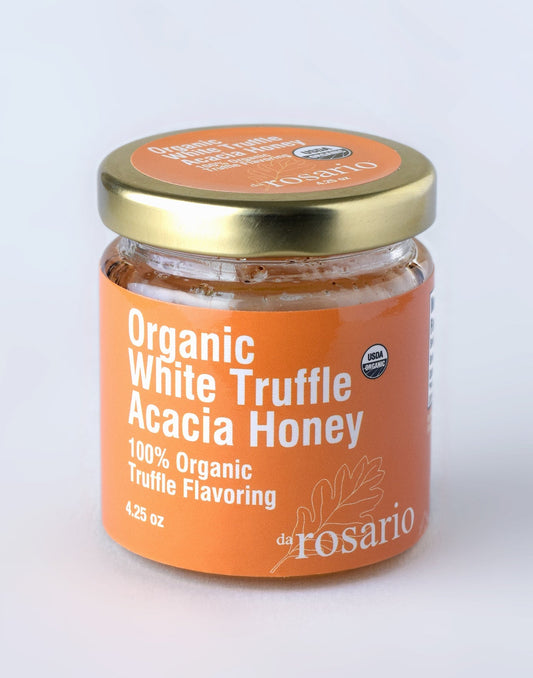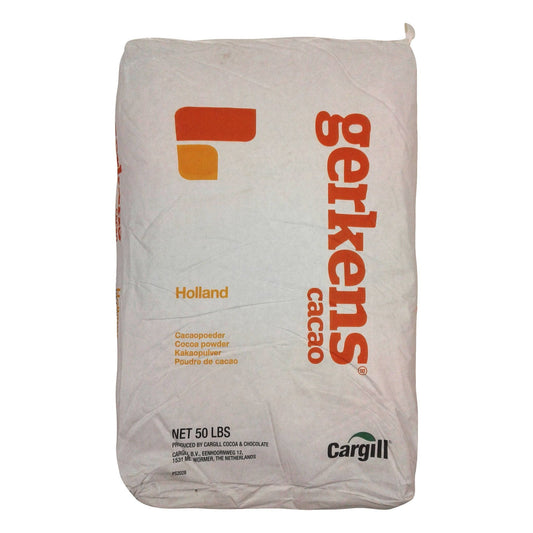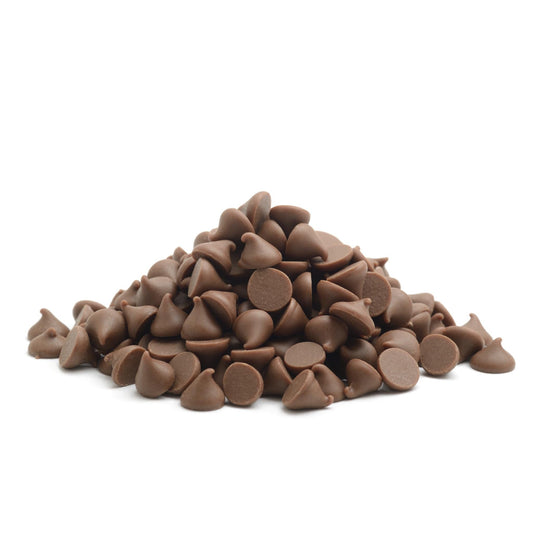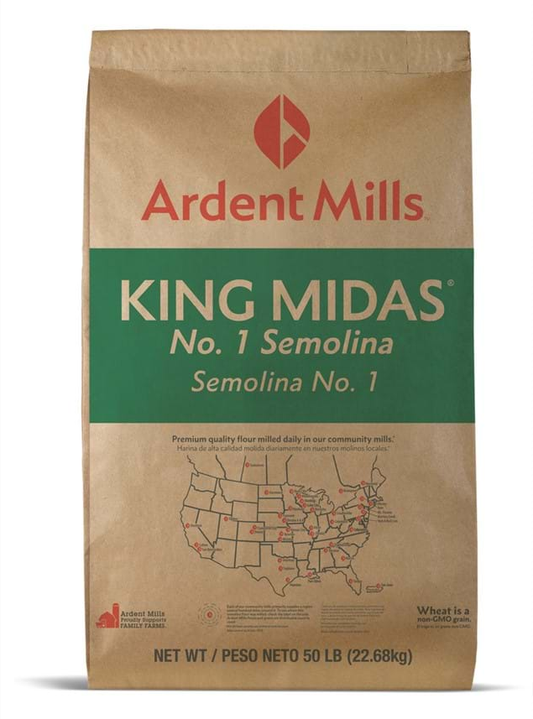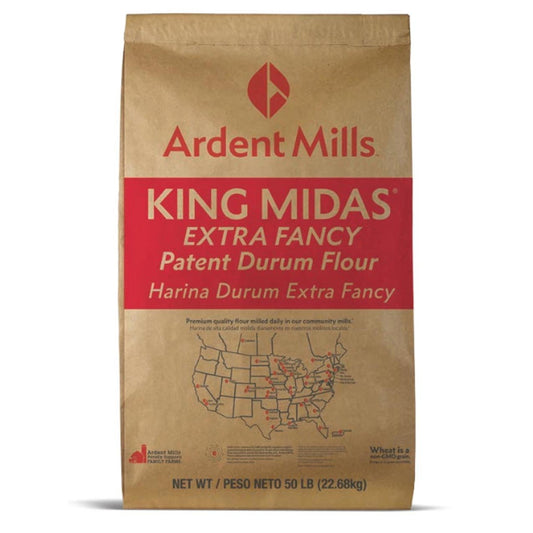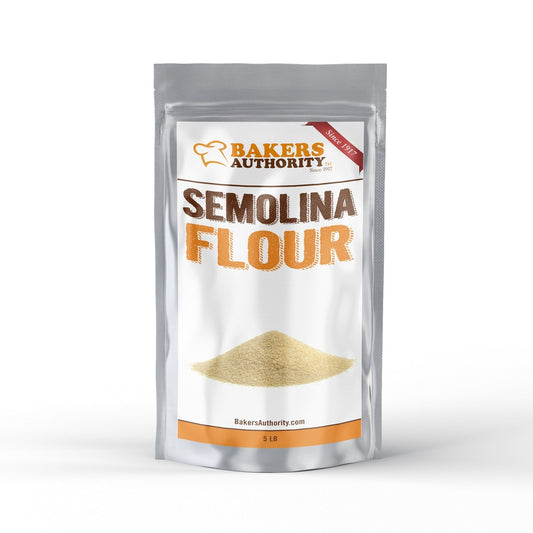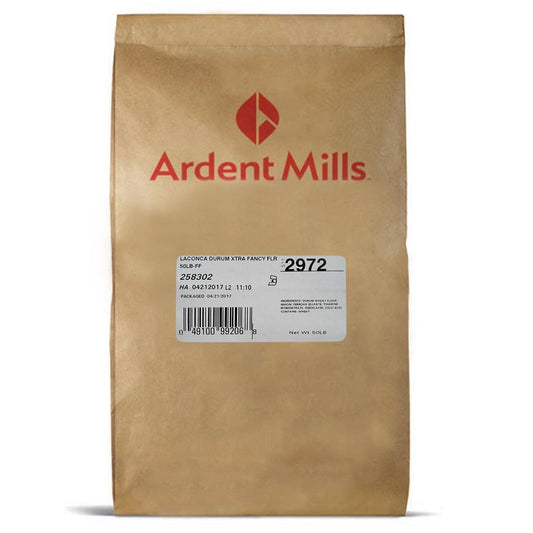-
Vendor:Ardent Mills
No. 1 Semolina Flour
Regular price $44.98Regular priceUnit price per -
Vendor:Ardent Mills
King Midas Extra Fancy Durum Flour
Regular price $36.66Regular priceUnit price per -
Vendor:Bakers Authority
Semolina Flour 5LB
Regular price $9.00Regular priceUnit price per -
Vendor:Ardent Mills
La Conca Durum Flour - Extra Fancy -50lb
Regular price $34.39Regular priceUnit price per -
Vendor:Bakers Authority
Durum Flour Extra Fancy 5LB
Regular price $7.64Regular priceUnit price per
Additional Resources
Frequently Asked Questions
-
What is durum flour?
- Durum flour is a type of flour made from a specific variety of wheat called durum wheat. Durum wheat is the hardest of all wheat varieties and has a high protein and gluten content. The flour made from durum wheat is characterized by a yellowish color and is finely ground. This high protein content makes durum flour ideal for making pasta and specific types of bread.
-
What is semolina flour?
- Semolina flour, often simply referred to as semolina, is a high-protein flour made from durum wheat. It is golden in color and has a coarse texture, almost like fine cornmeal. This is because semolina is made from the endosperm (the heart of the wheat grain). It is commonly used in making pasta, bread, couscous, and certain Mediterranean and Middle Eastern dishes.
-
What is the difference between durum and semolina flour?
- While both durum flour and semolina are derived from durum wheat, their texture and usage differ. Durum flour is more finely ground, which gives it a slightly different texture and makes it suitable for certain types of baked goods. Semolina is more coarse, which makes it ideal for making pasta with a good bite or "al dente" texture. Semolina also provides a more robust flavor than durum flour.
-
What are the nutritional benefits of durum and semolina flours?
- Both durum and semolina flours provide various nutritional benefits. They are high in protein, contributing to muscle growth and repair. They also contain dietary fiber that aids in digestion. Both are excellent sources of B vitamins, which play a critical role in energy production. Durum and semolina are also high in minerals such as iron, magnesium, and zinc.
-
Can I substitute durum or semolina flour for all-purpose flour?
- While it depends on the recipe, durum and semolina flours can be substituted for all-purpose flour in certain contexts. Due to their high protein content and robust flavor, they lend themselves well to pasta, bread, and other hearty baked goods. However, the texture will be different due to the higher gluten content, so for delicate pastries or cakes, all-purpose flour is generally preferred.
-
Can people with gluten sensitivity consume durum and semolina flours?
- As both durum and semolina flours are made from wheat, they contain gluten. Therefore, they are not suitable for people with celiac disease, gluten sensitivity, or wheat allergies.
-
What's the best way to store durum and semolina flour?
- Like other types of flour, durum and semolina flour should be stored in airtight containers to keep them fresh and protect them from moisture and pests. A cool, dry, and dark place like a pantry is ideal. However, if you don't plan to use the flour for a while, storing it in the refrigerator or freezer can help prolong its shelf life. If you do this, let the flour come to room temperature before using it to ensure accurate measurements and optimal baking results.

